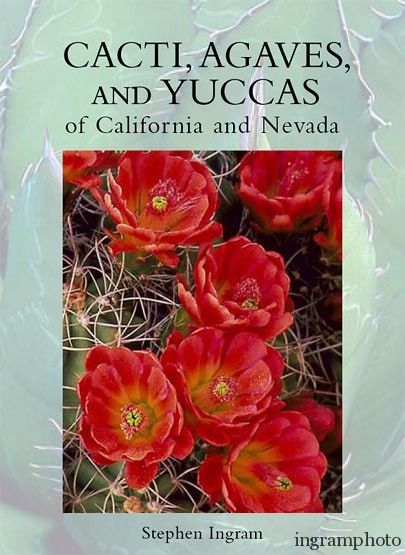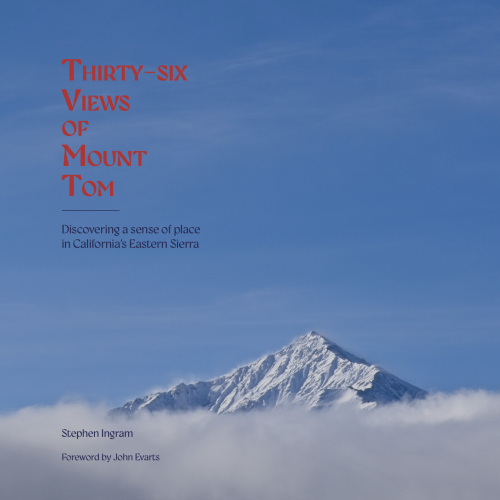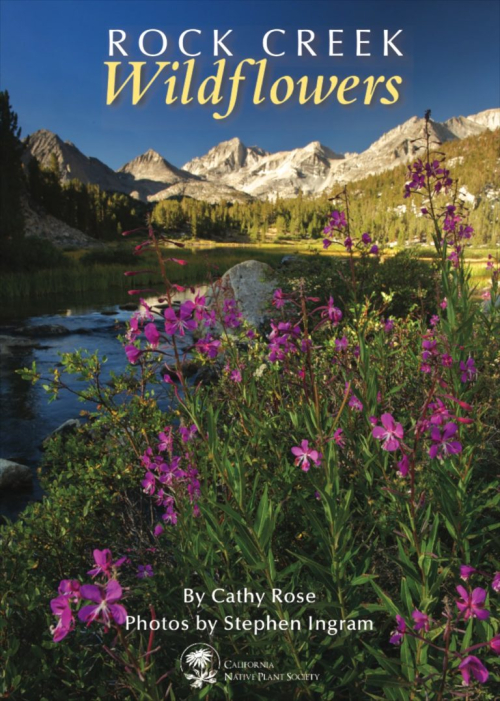Description
Discover Our Native Cacti, Agaves, and Yuccas
California and Nevada are known for their astonishing array of plant life, and few components of this diverse flora are more intriguing than the cacti, agaves, and yuccas. These spiny succulents – which share many of the same arid habitats – have long been a source of fascination for explorers, naturalists, and scientists. Cacti, Agaves, and Yuccas of California and Nevada features more than 60 species with a detailed text that is accompanied by 262 color photographs, 16 botanical watercolors, and 52 range maps. Much more than a field guide, this book examines the natural history of California’s and Nevada’s cacti, agaves, and yuccas, including their origins, ecology, and conservation. It also provides practical horticultural advice for their cultivation and describes some of the best places to see these remarkable succulents in the wild.
From the dust jacket:
Cacti, agaves, and yuccas are a diverse and intriguing component of the native flora of California and Nevada. Not surprisingly, they hold a particular fascination for plant lovers. These succulents beguile us with lush blossoms that are exuberant but ephemeral and wonderful growth forms that stir our imaginations. Fiercely armed, they can easily pierce an unsuspecting hiker or careless gardener with sharp spines, toothed leaves, or stealthy glochids. And their hardiness is an ecological marvel; many of these species are residents of the hottest, driest, and least fertile habitats in the Western Hemisphere. The cultural and natural histories of California and Nevada are intertwined in fundamental ways, from famous pioneer trails and early settlements to the great deserts that sweep across a long mutual border. This shared environmental heritage is clearly apparent in the distribution of the region’s cacti, agaves, and yuccas. Of the 65 species featured in this book, at least 27 grow in both states. Many are found nowhere else. Botanist, writer, and photographer Stephen Ingram traveled more than 30,000 miles – much of it on remote backroads – to search out, study, and photograph the cacti, agaves, and yuccas of California and Nevada. He also delved into the scientific literature, visited numerous herbaria, and interviewed our region’s leading experts on Cactaceae and Agavaceae. The result is a detailed, highly readable, and beautifully illustrated natural history and field guide. Cacti, Agaves, and Yuccas of California and Nevada is an engaging and substantive reference book that can be enjoyed by novice and expert alike.
Stephen Ingram is a native Californian with an enduring interest in plants and plant ecology. He received a B.S. in biology from Lewis and Clark College and a M.A. in botany from the University of California, Santa Barbara. Following graduate school, Stephen worked as Herbarium Manager at Selby Botanical Gardens but now focuses on photography and writing. He also works part-time as a botanical consultant in the Eastern Sierra and the Mojave Desert. Stephen’s photos appear in numerous books, magazines, and calendars, and he has written many articles for scientific journals and magazines. He lives with his wife at 6500 feet on the eastern slope of the Sierra Nevada, in porcupine prickly-pear habitat.

Reviews
“This work is truly a fine and finesse achievement.”
— Rudolf Schmid, Taxon, November, 2008
“A key pick for any California travel or nature collection strong in botany.”
— James A. Cox, Midwest Book Review, November 2008
“Ingram is not only an accomplished plant ecologist, natural historian, and writer, he’s also a skilled photographer with a keen eye for the beauty of the desert environment.”
— Sue Rosenthal, Editor, Manzanita, Winter 2011-2012
“Stephen Ingram lives in the midst of cactus habitat, and his love of these and other prickly plants is evident in the pages of this book. The book serves not only as an overview of such desert plants, but doubles as a field guide, lavishly illustrated with Ingram’s excellent photographs.”
— Virginia Hayes, Pacific Horticulture, Fall 2008
“Images of the fascinating forms and extravagant flowers of these plants make the book as beautiful as it is informative.”
— Hal M. Hughes, California Coast & Ocean, Summer 2008
“This is more than a small format coffee table book; the photos and range maps on their own will serve as useful tools for identifying the plants. . . In addition to being a useful field guide, there are sections on culture, conservation, ecology, and places to see the plants in the wild.”
— Stephen McCabe, The Bulletin, UCSC Arboretum, Fall 2008
“This cross between a technical compendium and handy field guide features a highly readable natural history of the plants as well as specific information about their identification and cultivation.”
— Reka Badger, Santa Barbara News-Press, July 12, 2008
“More than five dozen species are described and illustrated by Ingram’s excellent photography. The majority are shown in brilliant bloom, starting with the red-orange flowers of the Mojave mound cactus pictured on the cover. Ingram timed his many trips into deserts and other remote areas in both states with the plants’ bloom cycles.”
— Mary James, San Diego Union Tribune, June 15, 2008
“Though I don’t like spiny, prickly things in my own garden, I love the desert. And every time I open Ingram’s book and get hooked on his pictures, I want to go back to places I already know and love such as Anza-Borrego Desert State Park and Joshua Tree National Park. Plus some places his book has introduced me to I’ve never explored. Whipple Mountains Wilderness in San Bernardino County and Valley of Fire State Park in Nevada for starters. And when I do I’ll take his book.”
— Sharon Cohoon, Sunset’s freshdirt blog — http://freshdirt.sunset.com
“Stephen Ingram’s book is not just a wealth of knowledge, it’s also a collection of some of the best photographs I have seen, especially in a book on succulent plants. These images are of a quality that one would encounter in books on art and photography. His treatment of each species begins with a common name, the Latin binomial, a pronunciation key (to the binomial), a list of recent synonyms, and a compilation of other common names. He also provides a section on identifying characteristics, including habit, stems, spines, flowers, and fruits….If you’re looking for a book to gain knowledge of these fascinating plants, or for one that’s really helpful in identifying specimens, or just one with beautiful images, it’s all here.”
— Duke Benadom, Editor, Cactus and Succulent Journal, September-October, 2010
“What a beautifully illustrated book!…The paperback version is small and durable enough to carry into the field and large enough so that color images of landscapes show scenic vistas, habitats that characterize the desert ecosystem, and morphological details of individual plants, plant parts, and flowers…This book must be on the bookshelf of every library, botanist, ecologist, horticulturist, gardener, landscaper, conservationist, botanical museum, and herbarium.”
— Harold W. Keller, Ph.D., Journal of the Botanical Research Institute of Texas, Vol. 3, Issue 1, 2009








